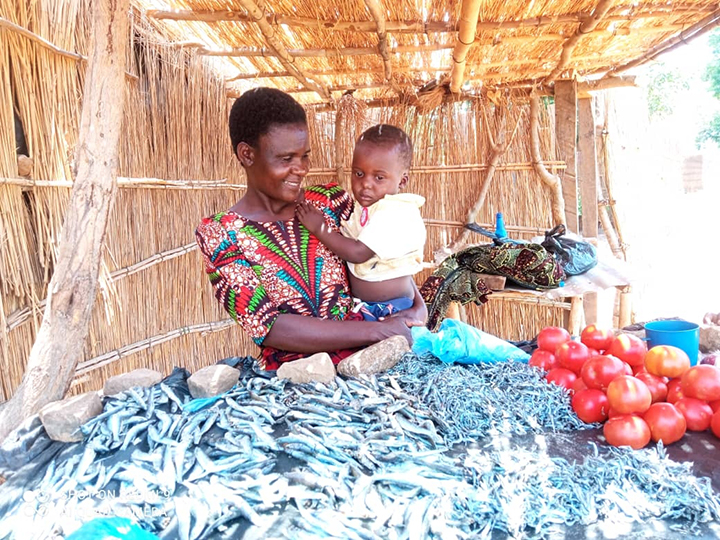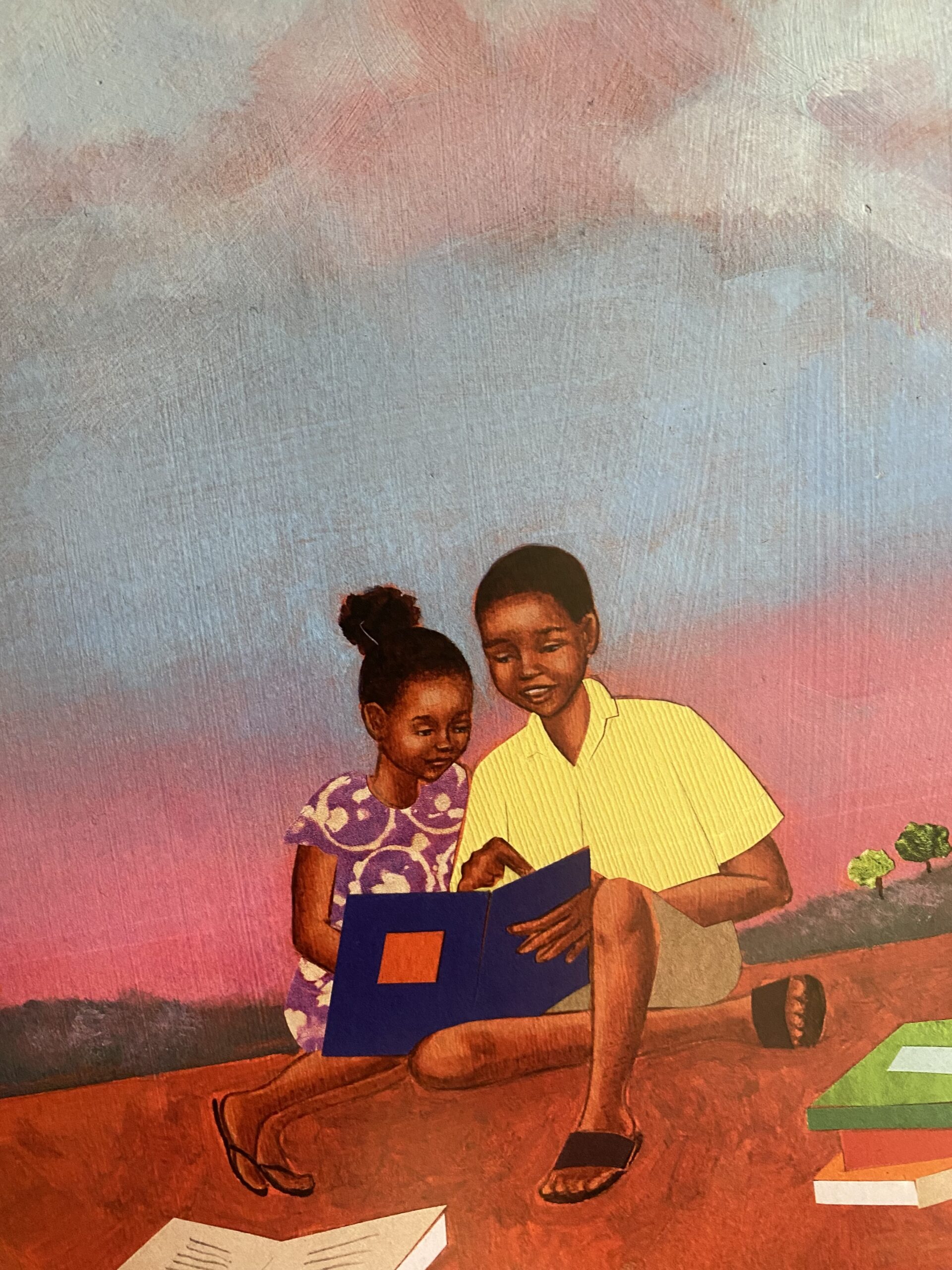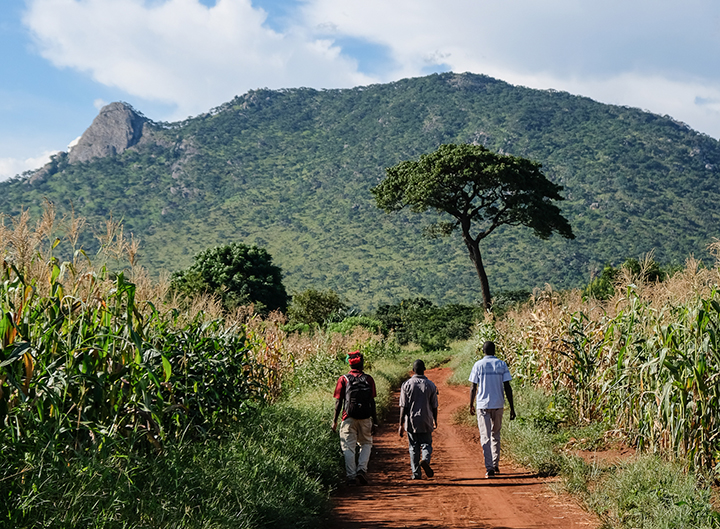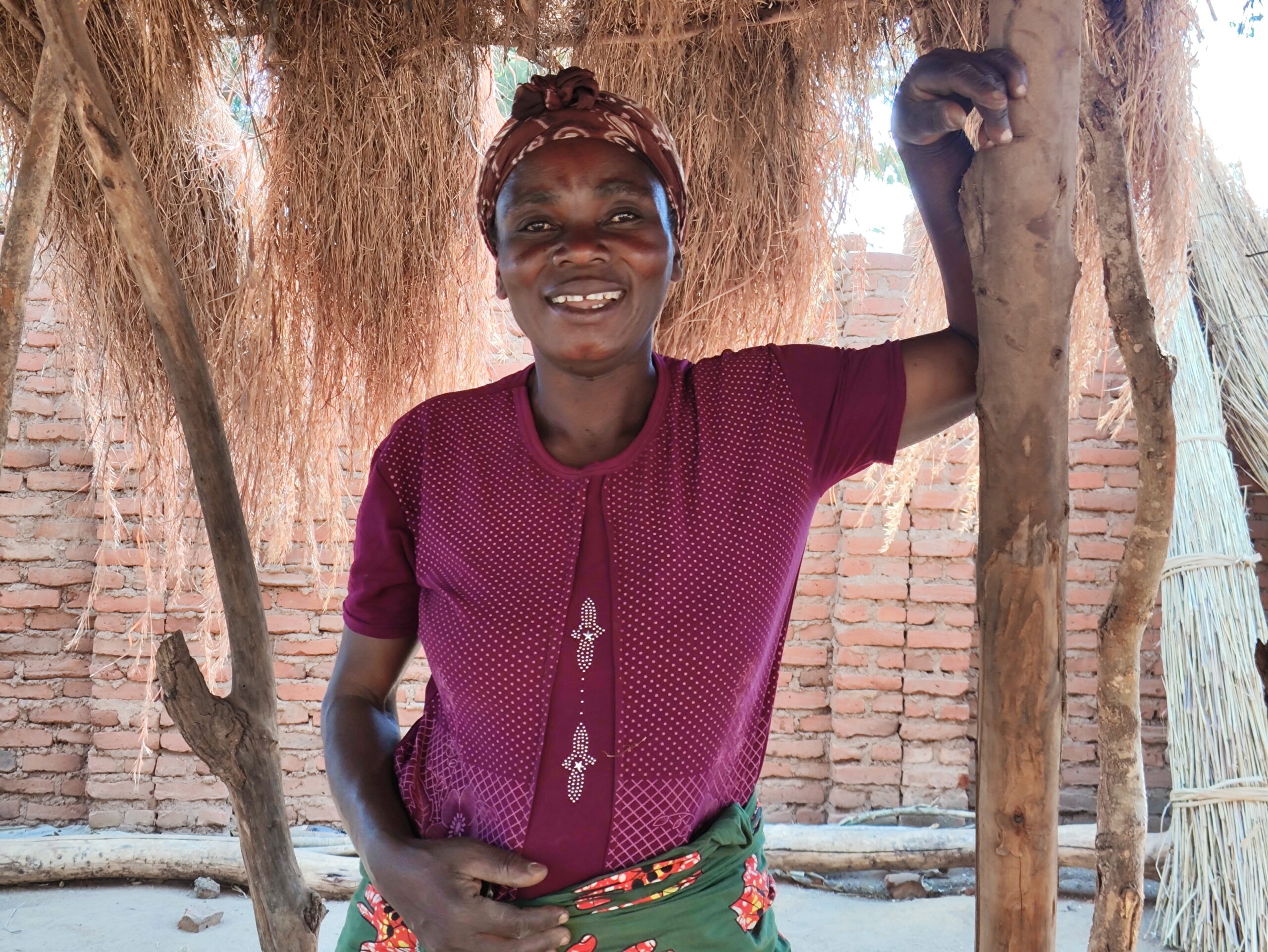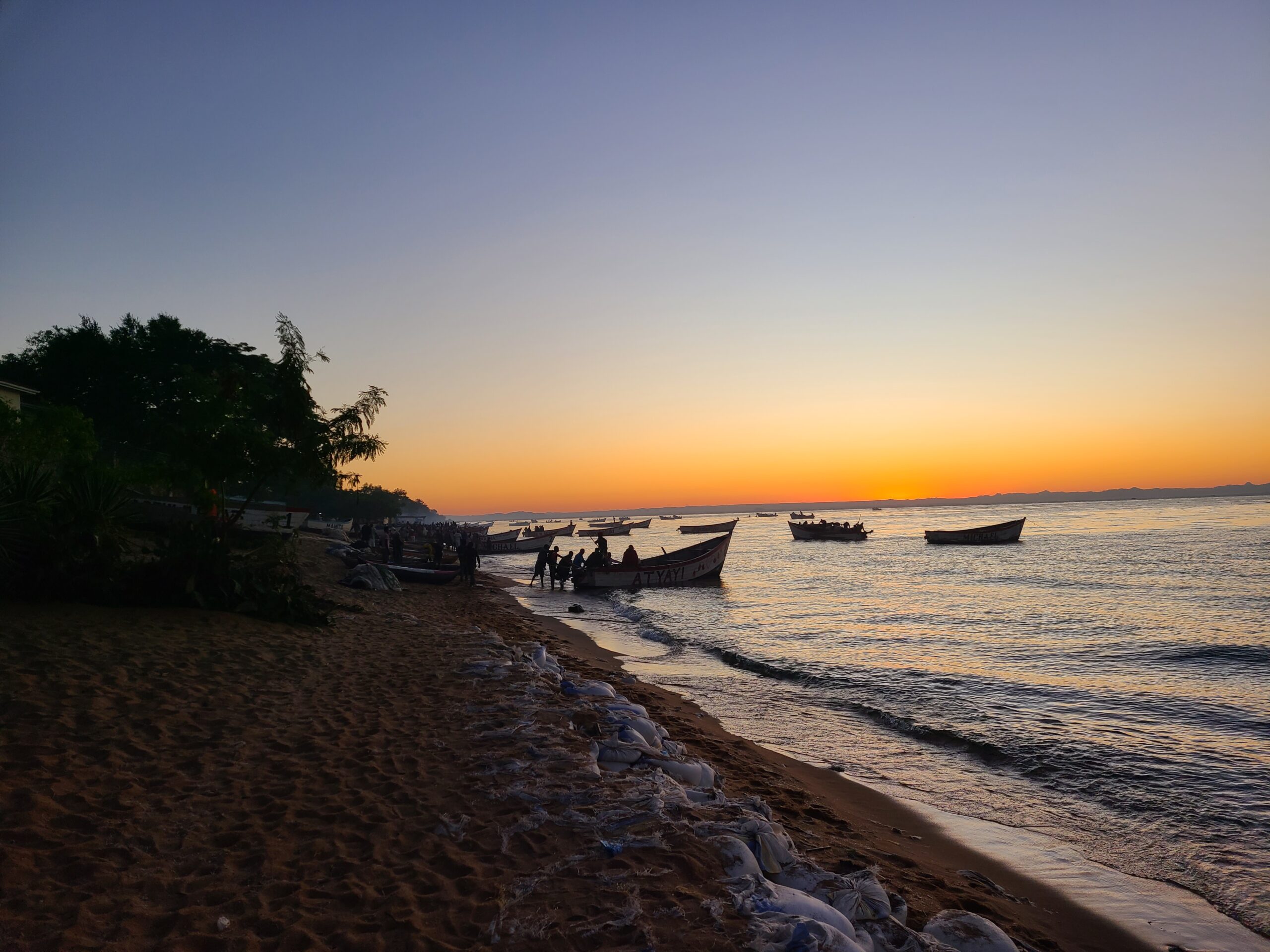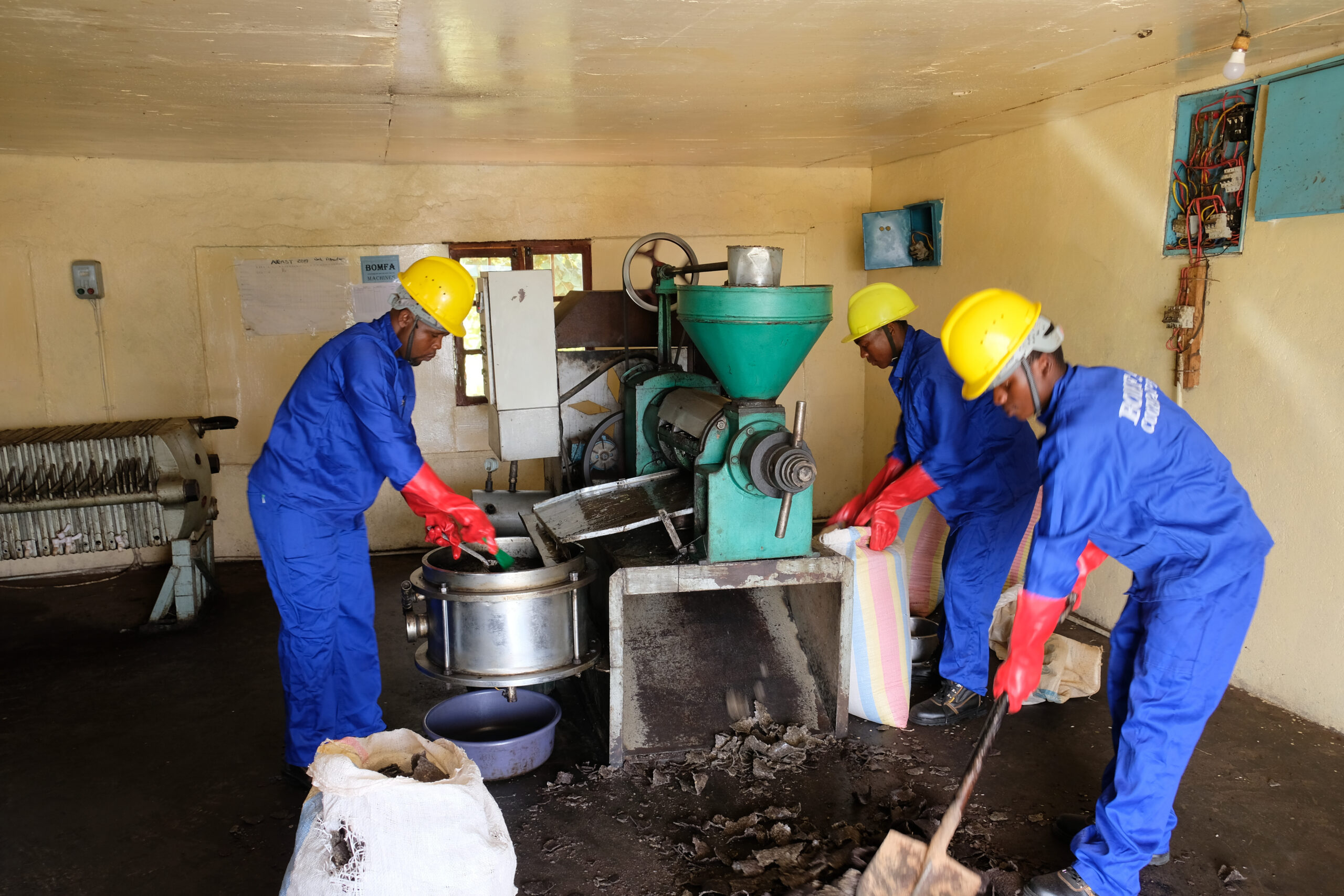Malawian culture has always been known as a treasure trove of wisdom, and proverbs being an integral part of our rich heritage. These timeless sayings have been passed on through generations, offering guidance, direction, and warnings that shape our values, beliefs, and daily lives. In our upcoming blog series, we will delve into the world of Malawian proverbs, exploring their meanings, contexts and significance. Read today's blog post which serves as an introduction to our journey.
The Culture of Malawi: Tribes of Malawi
The Indigenous Tribes of Malawi
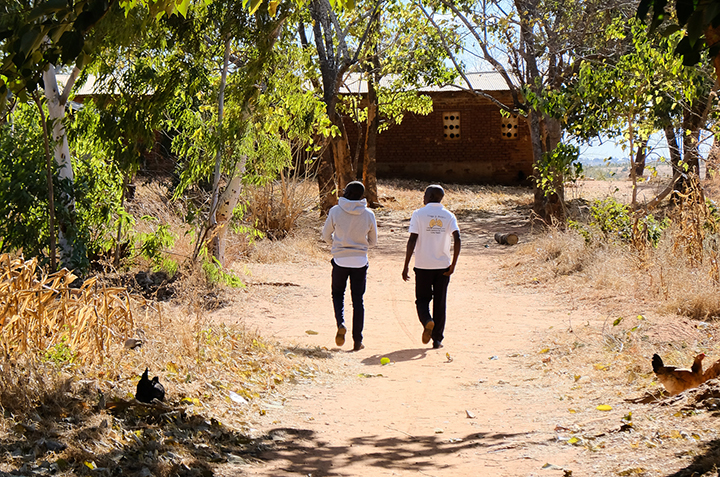
The Culture of Malawi: Tribes of Malawi
Malawi is a land rich in culture and traditions which have been created over centuries by the indigenous tribes of Malawi. The many ethnic groups of Malawi overlap in the areas they live, but individual tribes tend to gather in certain parts of the country. The Chewa people are the most numerous and their language, Chichewa, is the national language of Malawi. There are many other tribes, including Yao, Tumbuka, Sena, Lomwe, Nkhonde, Ngoni, Mang’anja, Lambya, Sukwa. The languages spoken by these tribes are all Bantu languages, as are most African languages. Read more about the languages of Malawi in this blog.
Today’s blog focuses on the four most populous tribes of Malawi: Chewa, Yao, Tumbuka, and Sena.
Chewa
The Chewa people hold the place of being the most common tribe of Malawi. Originating in what is now the Democratic Republic of Congo, these people migrated into Zambia and then Malawi hundreds of years ago. Chewa tradition holds that the first Chewa kingdom was established in the late 1400s, with later contact occurring between the Chewa and Portuguese traders.
Chewa is a matrilineal society with women holding a special place as those who reproduce the lineage. In the past, those of the Chewa tribe also were given special tattoos symbolizing their membership and place in the tribe. The Chewa people number about 9 million in present day Malawi, with tribal chiefs still holding an important role in their society.
Yao
The Yao people are a primarily Muslim tribe who live around the southern end of Lake Malawi. Their tribe numbers about 2 million presently, and live not only in Malawi but also in Mozambique and Tanzania.
The Yao people are primarily fishermen, farmers and traders, having settled in Malawi in the late 1800s. After converting the entire Yao people to Islam in 1870, the Yao became one of the first tribes in the area to be literate and have working scribes who translated Islamic literature into the native Yao language.
Tumbuka
Having migrated to Malawi from what is now the Democratic Republic of Congo, the Tumbuka people were driven out of the Luba area by a warrior tribe in the 1400s, resulting in their settlement in other areas of southeastern Africa. Today, the Tumbuka people are officially Christian but retain much of their traditional belief structure including witchcraft, folk medicine, and belief in the sun god, Chiuta.
Sena
The Sena tribe has about 2 million members, three quarters of which live in Mozambique and one quarter living in Malawi, having arrived there in the early 1900s as migrant laborers. Heavily influenced by the Portuguese, the Sena people are primarily Catholic, though some retain their traditional religious beliefs. The Sena people speak their native language, Chisena, which has many dialects.
Read more about the culture of Malawi in our blog series:
The Orant Journal
As Big as the Sky Book Review
Read today’s blog about the children’s book, “As Big as the Sky”, a Malawian story about a brother and sister whose love for each other is as big as the sky.
Orant’s Values
“Orant respectfully serves and collaborates with our community in a sustainable way.”
The Village Chief’s Vital Role
Ever wondered why we always mention village chiefs and their involvement in Orant’s work? If yes, then today’s blog article is for you! In this article, we talk to Village Head of Kasese Village in Dowa, who tells us about her duties and why her involvement with Orant is important. Read today's blog article to learn more.
The End of Plenty Book Review
Recently, we read The End of Plenty by Joel K. Bourne Jr. An honest and sometimes scathing review of the Green Revolution, this book covers how monoculture crops have led to worsening hunger across the world. As the planet warms, the need is ever more urgent for us to find a solution to humanity’s desperate need to feed 9 billion people.
Urbanisation in Malawi: MW2063 Pillar #3
As we have discussed in some of our past blogs, Malawi Vision 2063 has three key pillars that guide the focus of the Vision. These three pillars are meant to build on each other to create the inclusively wealthy and self-reliant nation that they envision. In this blog, we will look at the third pillar of MW2063: Urbanisation.
Best Things to Do in Malawi
Whether you are planning an African trip or just curious about the things we love about Malawi, read today’s blog to see the best things to do in Malawi!
Holidays in Malawi
Holidays are here again and we are so excited! Most of our team is taking time off with their families and loved ones, so please enjoy this blog while we are away. Celebrate the holidays with us the Malawian way!
The Culture of Malawi: Malawian Religions
Introducing you to the culture of Malawi through a series of articles! The culture of Malawi is strong in spirituality and most people are active in religious groups. We’ll tell you about Malawi’s main religions and the people who practice them. Read on for more.
Industrialisation in Malawi: MW2063 Pillar #2
As we have discussed in some of our past blogs, Malawi Vision 2063 has three key pillars that guide the focus of the Vision. These three pillars are meant to build on each other to create the inclusively wealthy and self-reliant nation that they envision. In this blog, we will look at the second pillar of MW2063: Industrialization.

